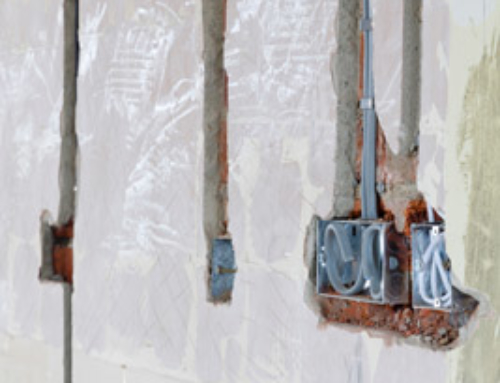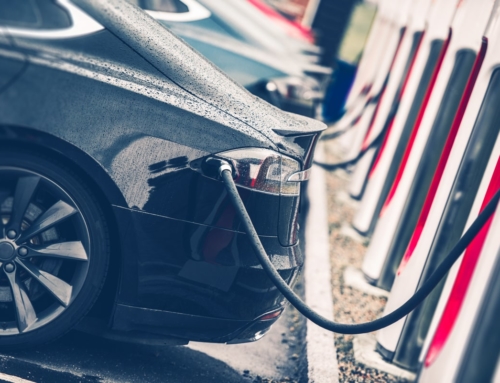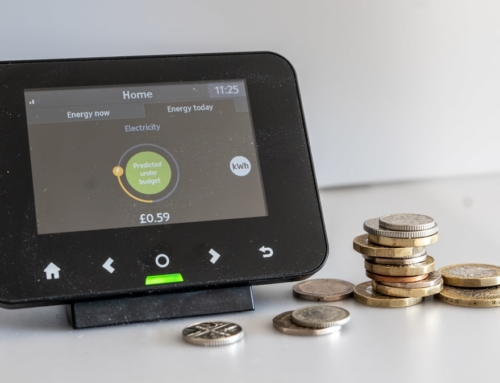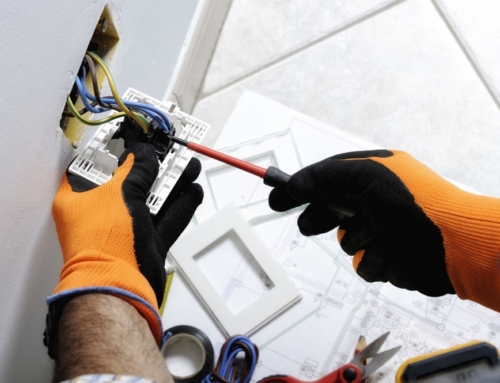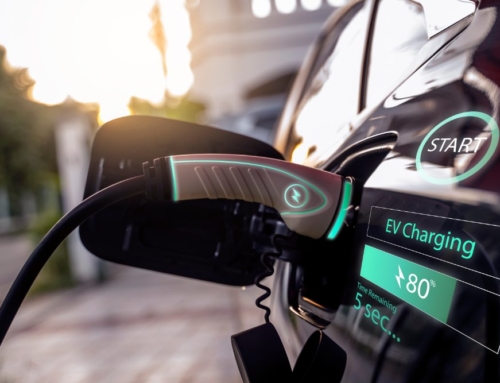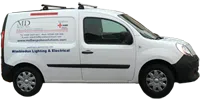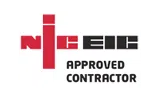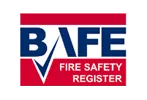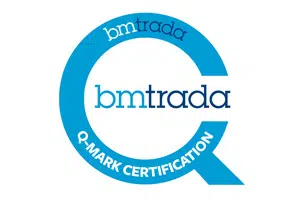Electricity inside a building is one thing, but when you need to power items of equipment externally, this opens up a whole new minefield of potential problems and safety issues. To be on the safe side, if you are a homeowner or you own retail or commercial premises, external electrics are really something that you should not mess with by yourself.
Time to call in the experts
External electrics are governed by part P of the building regulations. A qualified electrician should carry out work.
On the surface, internal and external power supplies may look identical. In reality there is a significant difference in the materials that are used in each case. You will need a qualified local electrician to provide you with certification that all your external electrics are verified safe. This may include electrics routed outdoors to outbuildings, sheds, cabins and garages.
Protection from the elements is paramount for safety. External sockets should always be RCD (Residual Current Device) protected. An RCD is a device that disconnects a circuit whenever an imbalance is detected between the energised and neutral conductors. Any imbalance may mean that residual current could be leaking though the body of someone who is touching the energised part of the circuit whilst grounded, with potentially lethal consequences.
Pest and weather protection
External outlets should also be protected against insects and the elements. An insect crawling where it has no place to be can be extremely hazardous – and not just to the insect.
All outlets need to be protected against moisture. If you run an operation where external work powered by electricity is key, you are not going to want to have to abandon operations every time it starts to rain. Additionally, water conducts electricity very well, so puddles and downpours can cause deadly conditions.
Every piece of electrical equipment comes with an IP rating. IP stands for International Protection, and is a way of rating how much foreign matter and moisture penetration a system can be exposed to before damage becomes likely. The higher the IP rating, the more suitable a piece of electrical equipment is for external use.
Using older equipment externally
The older a piece of equipment is, the less likely it is that it has been made suitable for safe external use. If this is a case, it is important that an external RCD protection device is fitted between the device and the power source. This will then protect anyone who comes into contact with the device.
RCDs are not completely fail-safe, which is why manufacturers recommend that all fixed RCDs should be tested by a professional every three months. Portable RCDs should be tested before use, every single time.
Such units typically come with a red Test button that you can press to check on their effectiveness. Once you press the test button, the electricity supply should cut off. If it doesn’t, then the RCD is faulty and should not be used.
External electrics – not to be taken lightly
We’ve become accustomed to using our electrical devices safely. Thankfully, very few of us will ever experience a serious electrical shock in our lifetimes. External electrics, for outside lighting or as a main power supply, are a different matter though, and they have the potential be significantly hazardous. For your external electrics requirements, having all work undertaken and qualified by a professional engineer is the best solution. Contact MD Bespoke to make sure your external electrics are safe.

